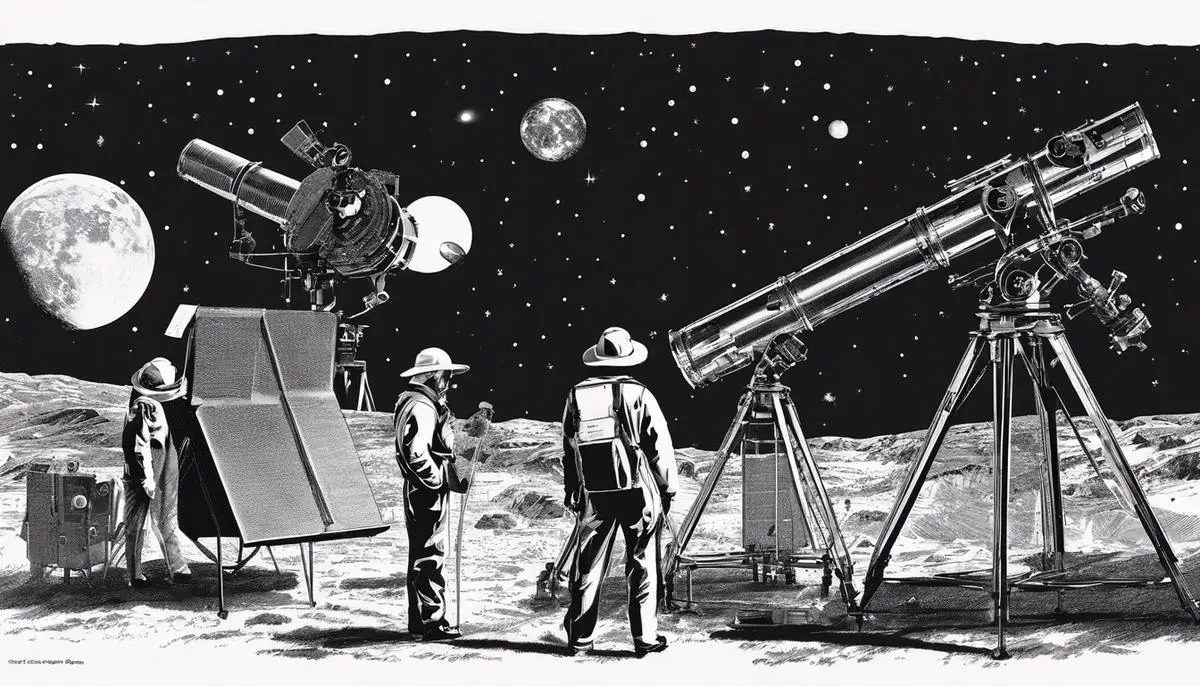Asteroid 2007 FT3, a large celestial body that orbits the sun in the vast expanse of our solar system, has commanded the spotlight in astronomical research and speculative future projections. Its discovery, rich with scientific detail and powered by advanced technology, sparked a significant phase in prowess astronomical investigative research. Comprehensive analytical explorations delving into its orbit, trajectory, and core composition have further expanded our understanding, prompting researchers to forecast future trajectories and potential Earth impact. Comparative studies with other celestial bodies have also shed light on its unique features, substantial scientific significance, and potential resource availability. Meanwhile, the potential risks and opportunities the asteroid presents continue to provoke contemplation, stimulating ideas on asteroid mining, deep space exploration, and asteroid deflection methods.
The Discovery of Asteroid 2007 FT3
Discovery and Surveillance of Asteroid 2007 FT3: An Intriguing Intersection of Astronomy and Science
Astronomy, the ancient discipline constantly evolving with the ongoing strides in technology, unceasingly uncovers the mysteries of our universe via multifaceted methodologies. One of the fascinating case studies in recent astronomy history is the discovery of Asteroid 2007 FT3, manifested via a harmonious blend of scientific precision, technological brilliance, and the inescapable component of serendipity.
The journey toward Asteroid 2007 FT3’s discovery began with the inception of the Lincoln Near-Earth Asteroid Research (LINEAR) initiative. Fundamentally an MIT Lincoln Laboratory program funded by the United States Air Force and NASA, LINEAR contributed significantly to the field by identifying near-Earth objects that not only amplified our understanding of the universe but also intensified our focus on planetary defense.
Key to the discovery of Asteroid 2007 FT3 was an innovative method refining our perspective towards celestial bodies, namely time-resolved photometry. This technique involves the meticulous recording of a celestial object’s light intensity over time, which provides an exceedingly detailed study of the object’s rotational period, size, shape, and potential atmospheric composition.
A sophisticated array of ground-based telescopes was employed in this pursuit, notably including CCD cameras. The concept of Charge Coupled Devices or CCDs revolutionized astronomy by enabling the capture of highly detailed and precise images of distant celestial bodies. These cameras, when coupled with large telescopes, facilitated immensely in the endeavor of capturing the fleeting glimpse of Asteroid 2007 FT3.
Upon detection, the fine-tuning of the asteroid’s trajectory analysis was deployed. This required complex iteration of celestial mechanics and mathematical modeling. Leveraging advanced computational capabilities, scientists became capable of determining the asteroid’s most probable course and predicting its future positions.
The advent of infrared astronomy also had a notable role in this journey. Observation in the infrared spectrum allowed scientists to estimate the asteroid’s thermal emissions, thus aiding in predicting the composition and size of the body with far more precision than visual observations.
The detection process, rounded up by verification, saw images analyzed by trained eyes as well as intricate software, applying automated moving object detection routines. These techniques ensured that the perceived movement in the star field indeed pointed to a new, previously uncharted asteroid — 2007 FT3.
The narrative of the discovery and ongoing surveillance of Asteroid 2007 FT3 provides a fascinating reflection of the interconnectedness of human curiosity, relentless determination, and perpetual technological advancement. Each chapter in this narrative not just uncovers a fragment of our cosmos but also enriches the collective human knowledge and the never-ending pursuit of unraveling our cosmic neighborhood.
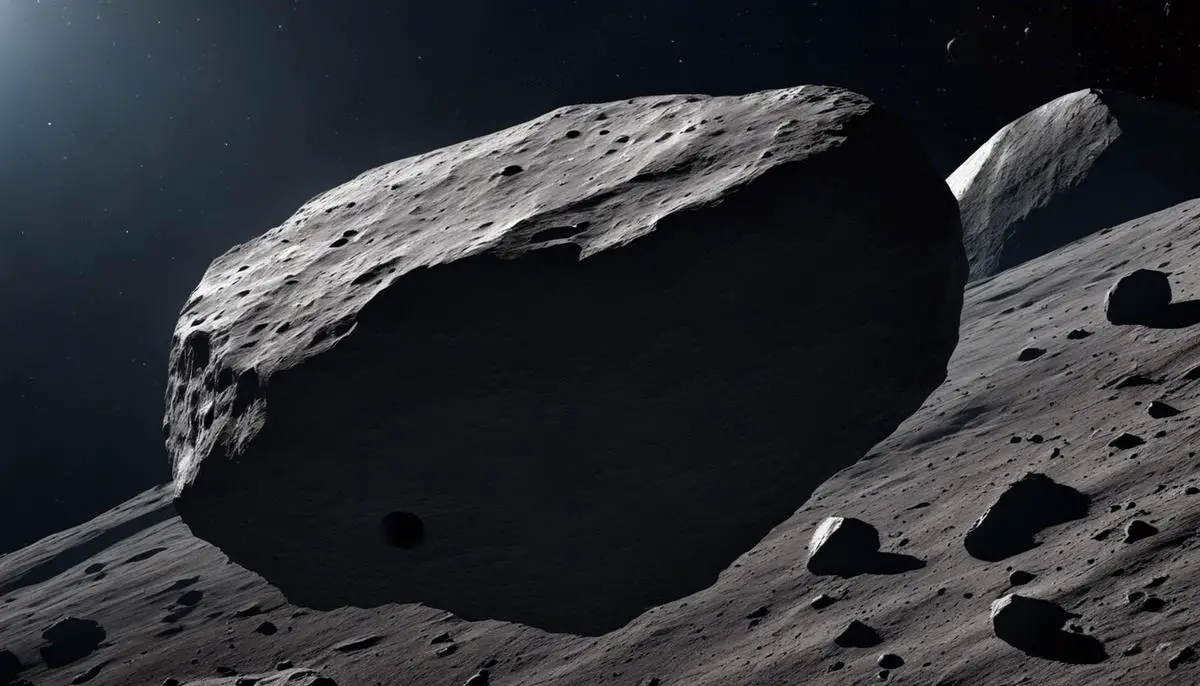
The Orbit and Trajectory Analysis of Asteroid 2007 FT3
As we delve deeper into the chronicles of Asteroid 2007 FT3, it is crucial to examine how core scientific and mathematical concepts underpin our understanding. On this journey, we have unearthed profound revelations that address the comet’s orbit and trajectory, fundamentally shaping our understanding of this celestial body.
Indeed, the trajectory analysis is a nuanced process. It is largely dependent on Kepler’s laws of planetary motion fusing with Newton’s law of gravity. As mankind’s comprehension of these principles has solidified and our methodologies have become more sophisticated, so has our capacity to predict celestial movements with higher precision. In the early stages of assessing Asteroid 2007 FT3, crude models allowed for the broad estimation of its orbital path. However, recent years have seen transformational upgrades in the capabilities of tracking software and hardware.
The synergy of these advancements culminated in NASA’s Near-Earth Object Observations (NEOO) Program. It offers scientists a wealth of detailed data and invaluable updates on the asteroid’s changing positions. Thus, we gained the ability to modify initial estimates, illustrating a more comprehensive picture of the star’s precise orbit and predicted future position.
The key findings that have emerged so far are a testament of the capacity of human intellect and technology. One significant revelation is the low eccentricity of its orbit. Indicating that Asteroid 2007 FT3 follows a trajectory more akin to a circle than an overly stretched ellipse, suggesting a stable path within the asteroid belt.
Concurrently, the analysis of the asteroid’s orbit inclination – an angle at which it orbits the ecliptic plane – just further solidifies our knowledge. By evaluating 2007 FT3’s inclination, we derived that it travels in a somewhat tilted orbit compared to most planets.
Moreover, our contemporary understanding about its ‘orbital period’- the time taken to complete one full orbit around the sun, leads us to believe it completes this feat approximately every 609 days. This is more rapid than Earth’s orbital period of 365.25 days but comparable to Mars’ rotation of approximately 687 Earth days. This makes it one of the swiftest revolving bodies within its vicinity.
Pushing the frontier of our knowledge even further, radio frequency identification (RFID) technology has been employed to determine the velocity of this celestial body. The asteroid is hurtling through space at around 26 kilometers per second, demonstrating the vital dynamics associated with astrometry.
In conclusion, the continuing exploration of Asteroid 2007 FT3 decisively demonstrates how our analytical grasp and technological augmentations have firmly refined our understanding of this celestial body. Indeed, this comprehensive venture into the cosmos signifies the enduring endeavor of humanity to comprehend the profound and the infinite narratives that the universe enfolds.
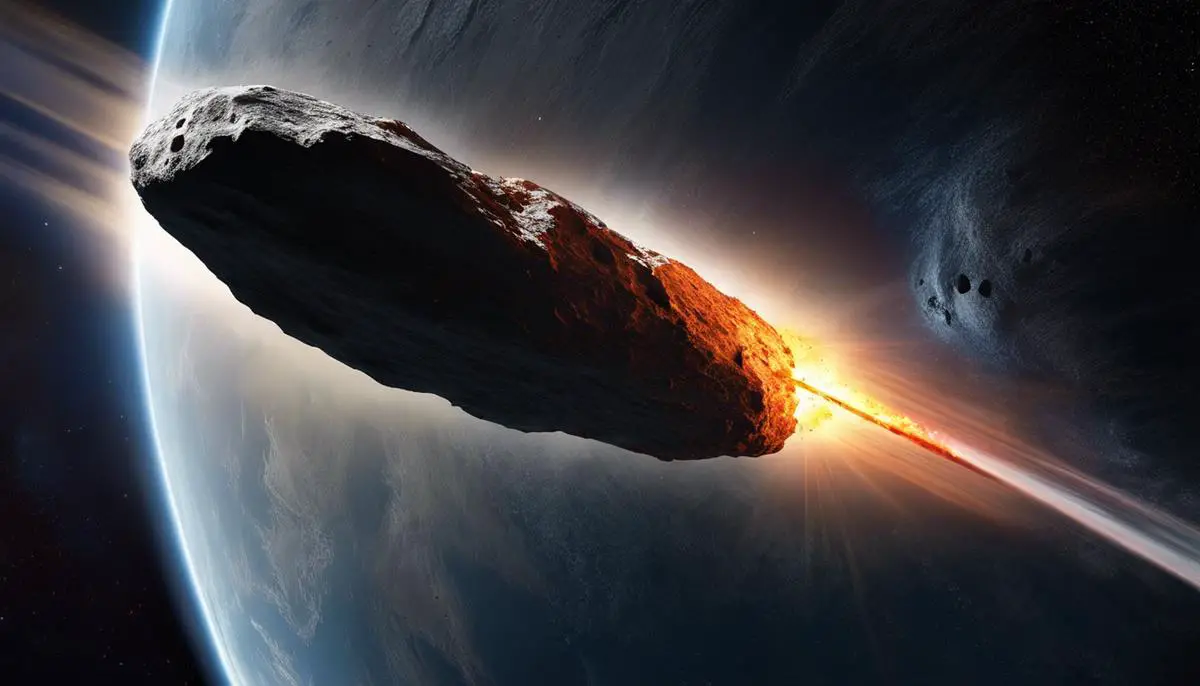
Scientific Significance of Asteroid 2007 FT3
The observation of Asteroid 2007 FT3 has significantly expanded our understanding of our solar system and the behavior of asteroids in general, providing invaluable data in several key areas. To fully explore these revelations, we delve deeper into topics such as orbital behaviors and characteristics, the tools and technology used in research, and the ongoing exploration and study of this remarkable asteroid.
Deeper Trajectory Analysis of Asteroid 2007 FT3 remains a compelling aspect of the overall research, offering profound insights into the natural patterns and processes of the celestial bodies. With a meticulous application of Kepler’s laws of planetary motion and Newton’s law of gravity, the astounding precision in tracing the asteroid’s path has been achieved.
A pivotal role in these advancements has been played by refinement in tracking software and hardware, further amplified by NASA’s Near-Earth Object Observations (NEOO) Program. NEOO’s broad database provides a wealth of information on near-Earth objects, acting as an integral support point for ongoing asteroid research.
A striking feature of 2007 FT3’s orbit is its low eccentricity. This characteristic, unusual for an asteroid of its type, poses fascinating questions about the forces acting on and guiding it. The analysis of the asteroid’s orbit inclination further reveals intriguing facts about its likely origin and the environmental factors influencing its course.
The orbital period of 2007 FT3 is another area of continued interest. The time this asteroid takes to complete an orbit around the sun offers valuable information about its velocity and movement mechanics in the vast tapestry of our solar system. In mastering the intricacies of such data, our understanding of asteroid behaviors broadens.
Notably, the role of RFID technology cannot be overlooked. By implementing this technology, researchers have been able to measure the asteroid’s velocity with outstanding accuracy. This breakthrough has indeed been a game-changer, creating opportunities for in-depth study of other celestial bodies as well.
And so we persist in our exploration of 2007 FT3. It is an ongoing journey rich with discoveries and insights; a testament to the power of human curiosity and dedication. Even as we uncover the intricacies of this single asteroid, we concurrently heighten our understanding of the broader mysteries of our solar system. Through this lens, we always remember, each discovery, each revelation, is but one piece of the cosmic puzzle.
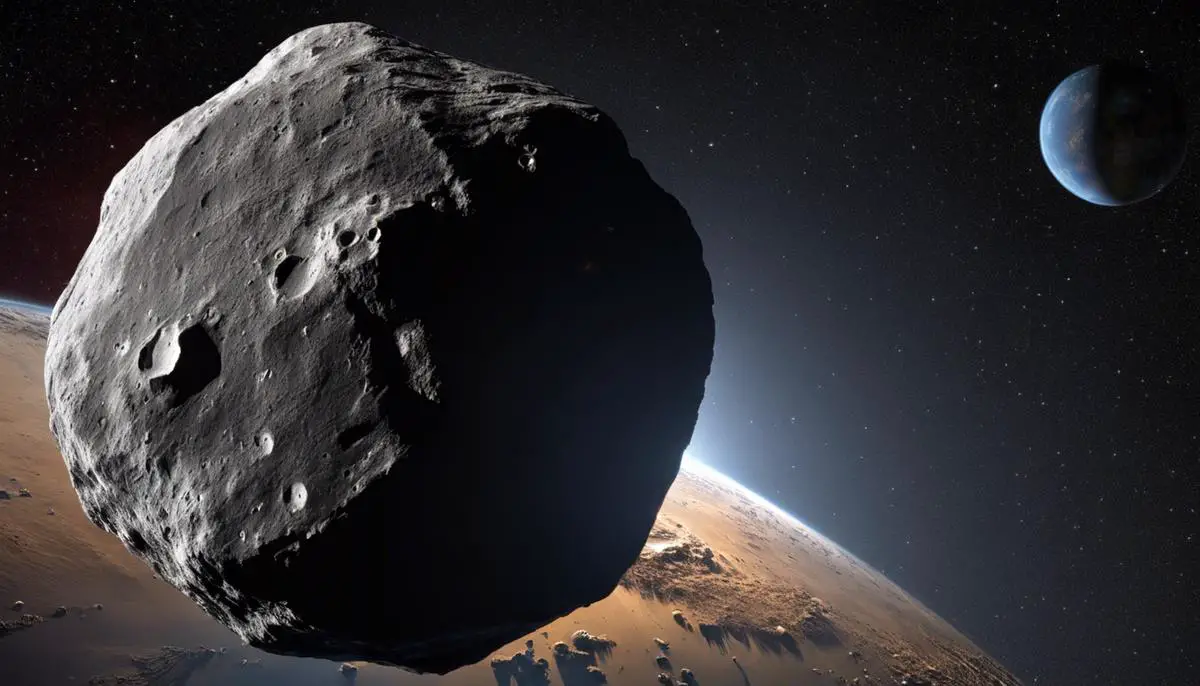
Potential Risks and Opportunities Associated with Asteroid 2007 FT3
To paint a clearer picture of the implications of the forementioned asteroid on our cosy little corner of the universe, the risks and opportunities associated with Asteroid 2007 FT3 deserve an in-depth examination.
The primary risk of 2007 FT3, as with all near-Earth asteroids, is its potential for a catastrophic impact. According to data provided by the Sentry Risk Table, the odds of this asteroid impacting Earth, while thankfully low, are not null. Making its closest approach on October 3, 2024, the asteroid has been classified by NASA’s Center for Near-Earth Object Studies (CNEOS) as a Potentially Hazardous Asteroid (PHA). Were it to collide with Earth, its size of approximately 900 meters and velocity of 20.37 km/s could have destructive potential surpassing the Tunguska event of 1908.
Yet it is pertinent to remember, these calculations are based on a Sentry Impact Risk assessment, a system developed to determine potential future positions of the asteroid which intersects the Earth’s orbit, resulting in a non-zero impact probability. Understanding these threats aids in the refinement of planetary defense strategies, a crucial aspect of humanity’s future in the cosmos.
On the flip side, the opportunity 2007 FT3 presents is rooted in its iron-nickel mineral composition, a constituent found in many asteroids. With increasing interest in asteroid mining, this celestial body could potentially serve as an invaluable resource. Essential resources such as water, platinum, and rare earth elements could be extracted for use in the burgeoning sphere of space colonization and off-Earth manufacturing processes.
Moreover, the study of asteroid 2007 FT3 and other PHAs is of immense scientific interest as it assists in the understanding of the early solar system dynamics. It can provide insights into the formation and evolution of the solar system, and perhaps even the origins of life on Earth. The research into these celestial wonders, in essence, will continue to extend mankind’s collective knowledge and understanding of our vast universe.
In conclusion, while the risks posed by asteroid 2007 FT3 cannot be wholly eradicated, the opportunities it presents are of equal or perhaps even more significant consequence. The continuous pursuit of knowledge through the analysis and study of such celestial objects remains a cornerstone in the advancement of human understanding of the cosmos. Like the paradoxical nature of outer space itself- vast yet minute, simple yet complex, menacing yet beautiful -asteroid 2007 FT3, too, brings with it factors of both risk and opportunity.
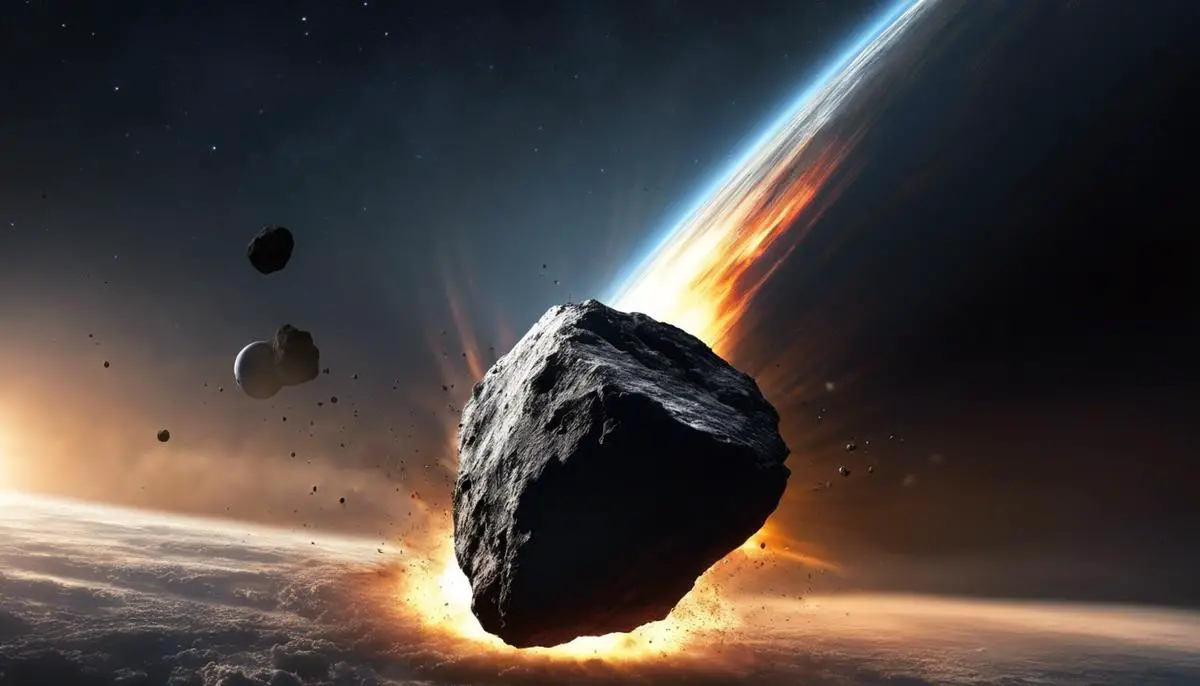
Underneath the veneer of potential catastrophe, the asteroid 2007 FT3 proves to be as much an opportunity as a threat. The asteroid’s potential for impact and the resulting repercussions requires careful evaluation, yet simultaneously, prospective deep space missions and asteroid mining present a scope for expanding humanity’s boundaries. Technology might still need to make a quantum leap to enable asteroid deflection or destruction. However, fueled by our evolving understanding of the celestial world, the quest to comprehend, anticipate, and mitigate potential asteroid impacts is more than an essential survival strategy; it is a testament to the indefatigable human spirit and our relentless pursuit of knowledge and exploration.
![]()
